The Blog
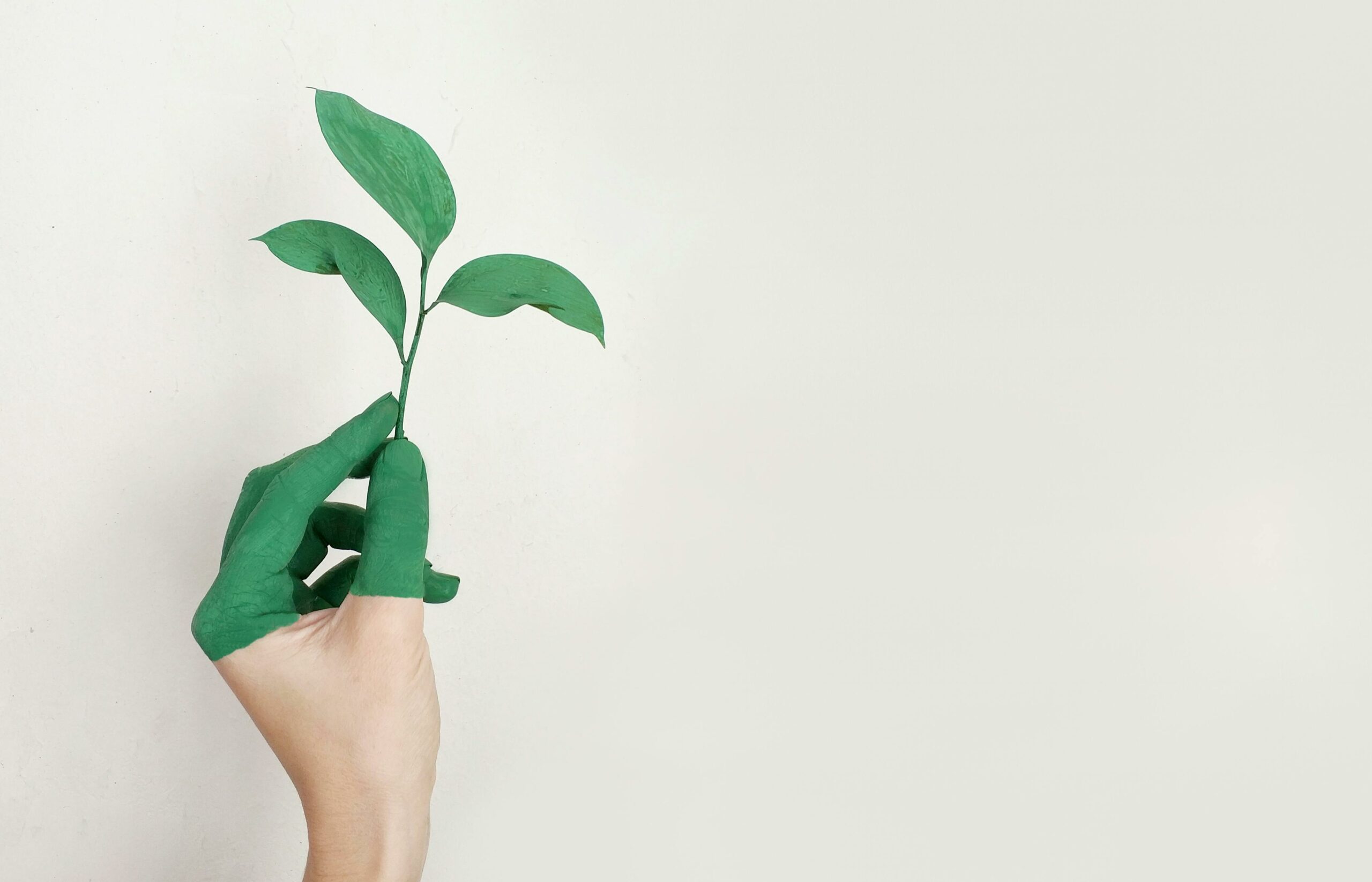
Sustainable Development Goals
August 17, 2024
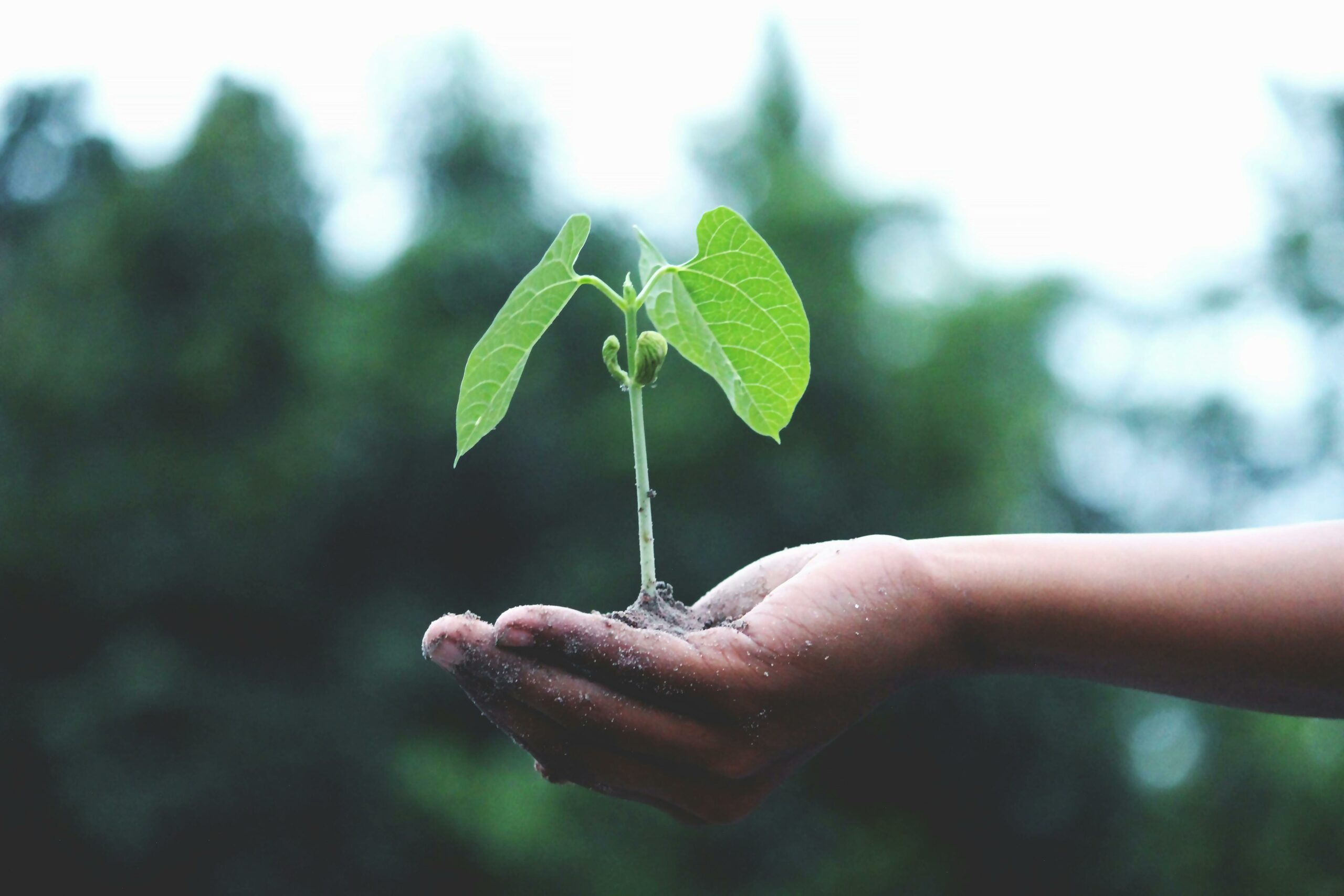
Sustainability Transition and Action Principles
August 13, 2024
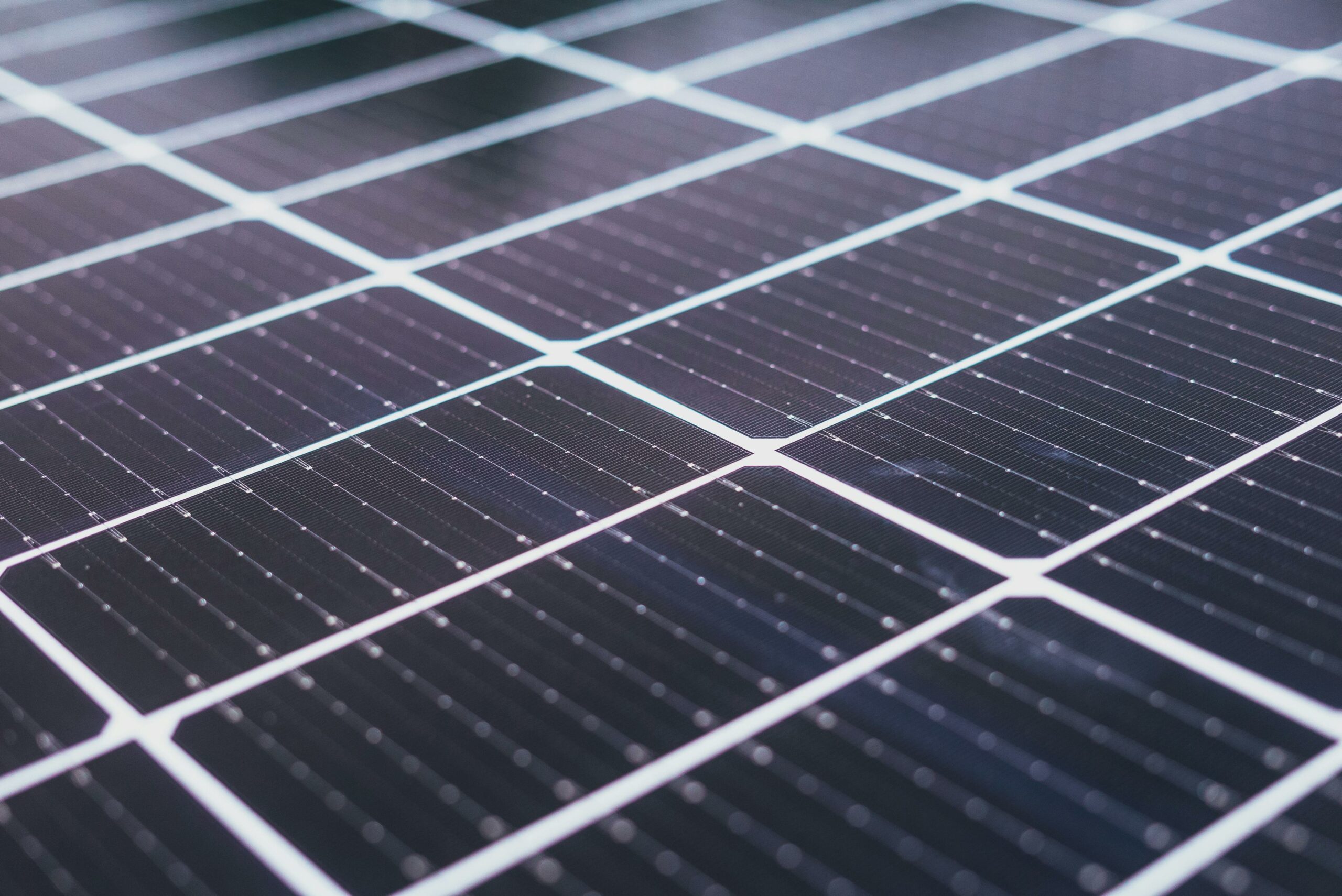
Sustainability Measures and Metrics
August 12, 2024
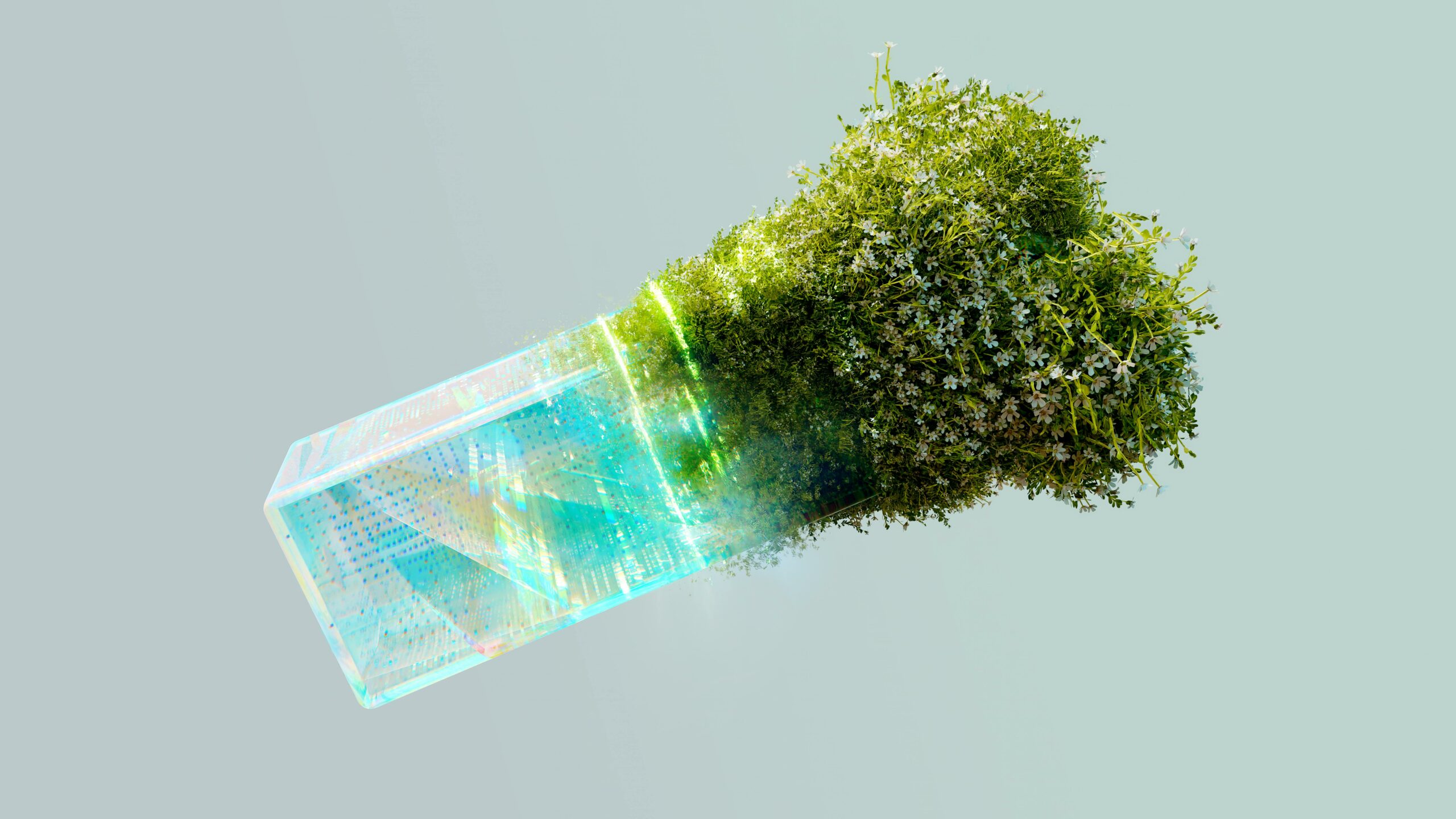
Sustainability Factors
August 11, 2024

Sustainability Theory and Conceptual Considerations
August 10, 2024

Sustainability
August 10, 2024
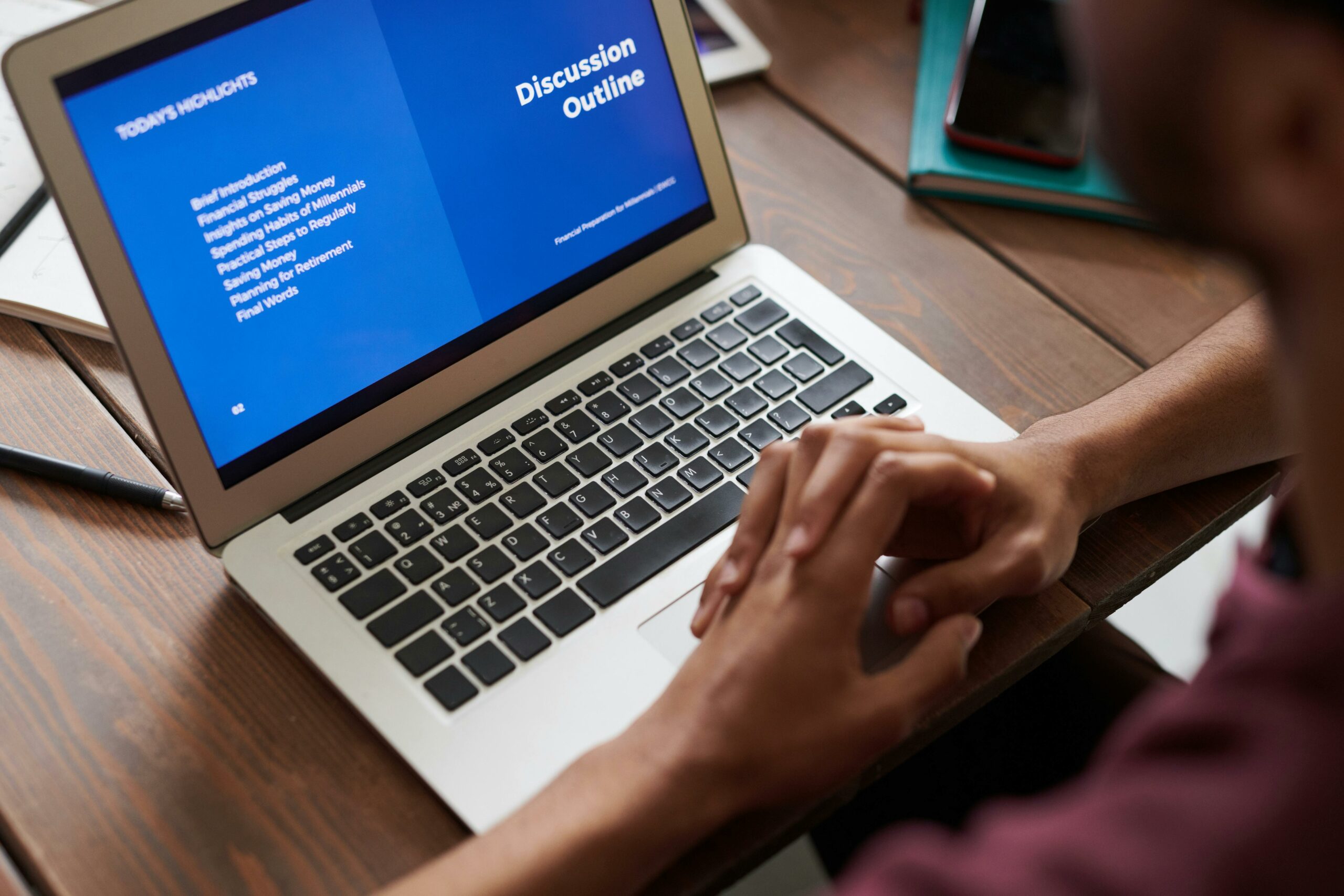
Universal Design for Learning PowerPoint Tips
May 12, 2024
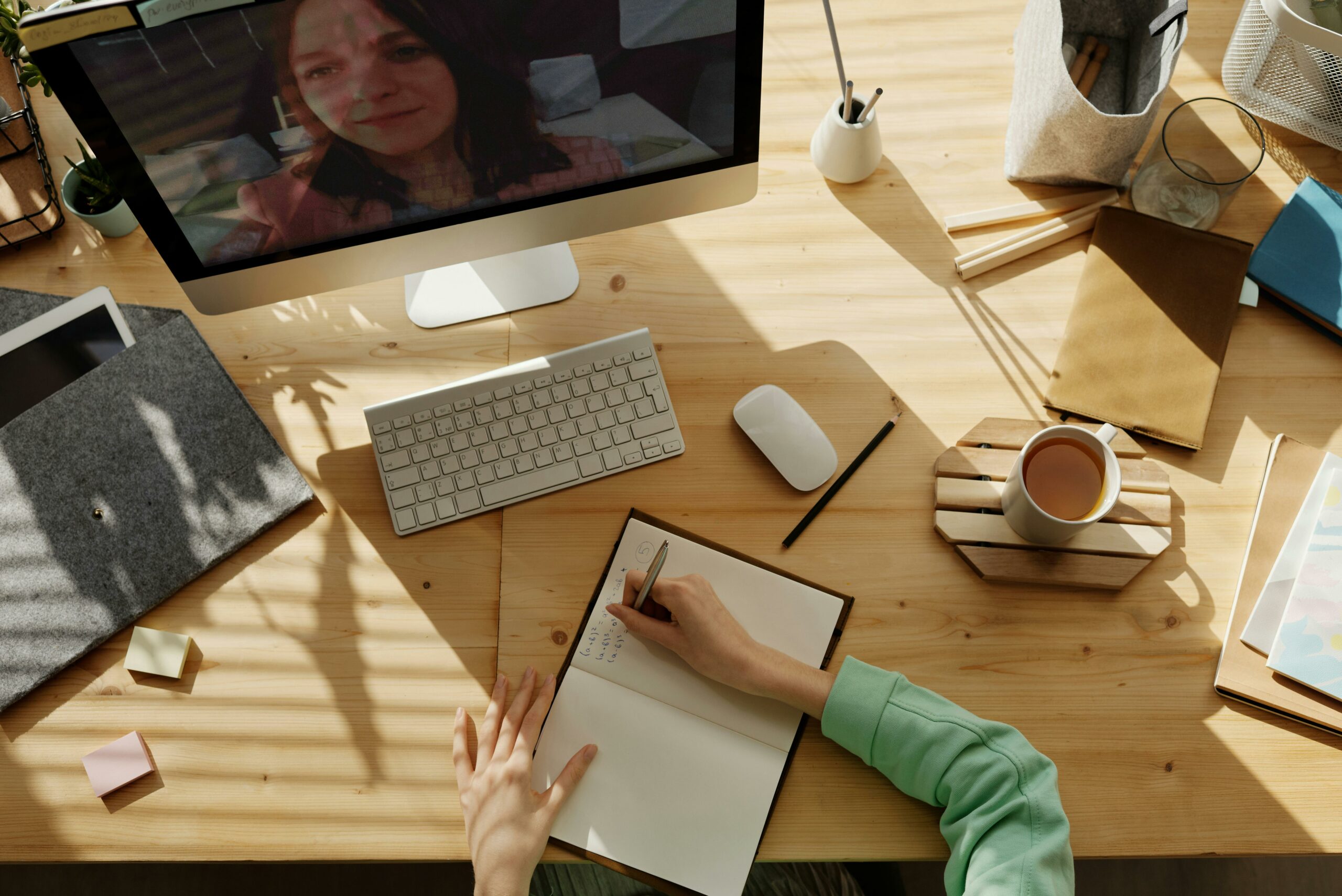
Applying Universal Design for Learning to Canvas
May 5, 2024
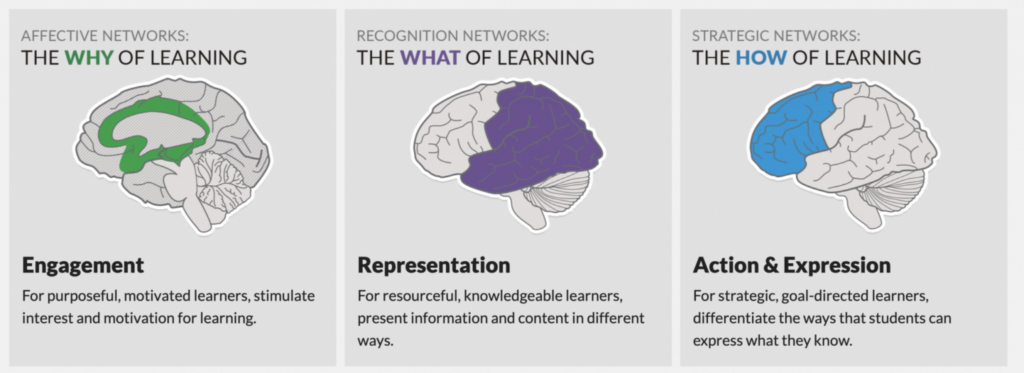
Universal Design for Learning
April 27, 2024
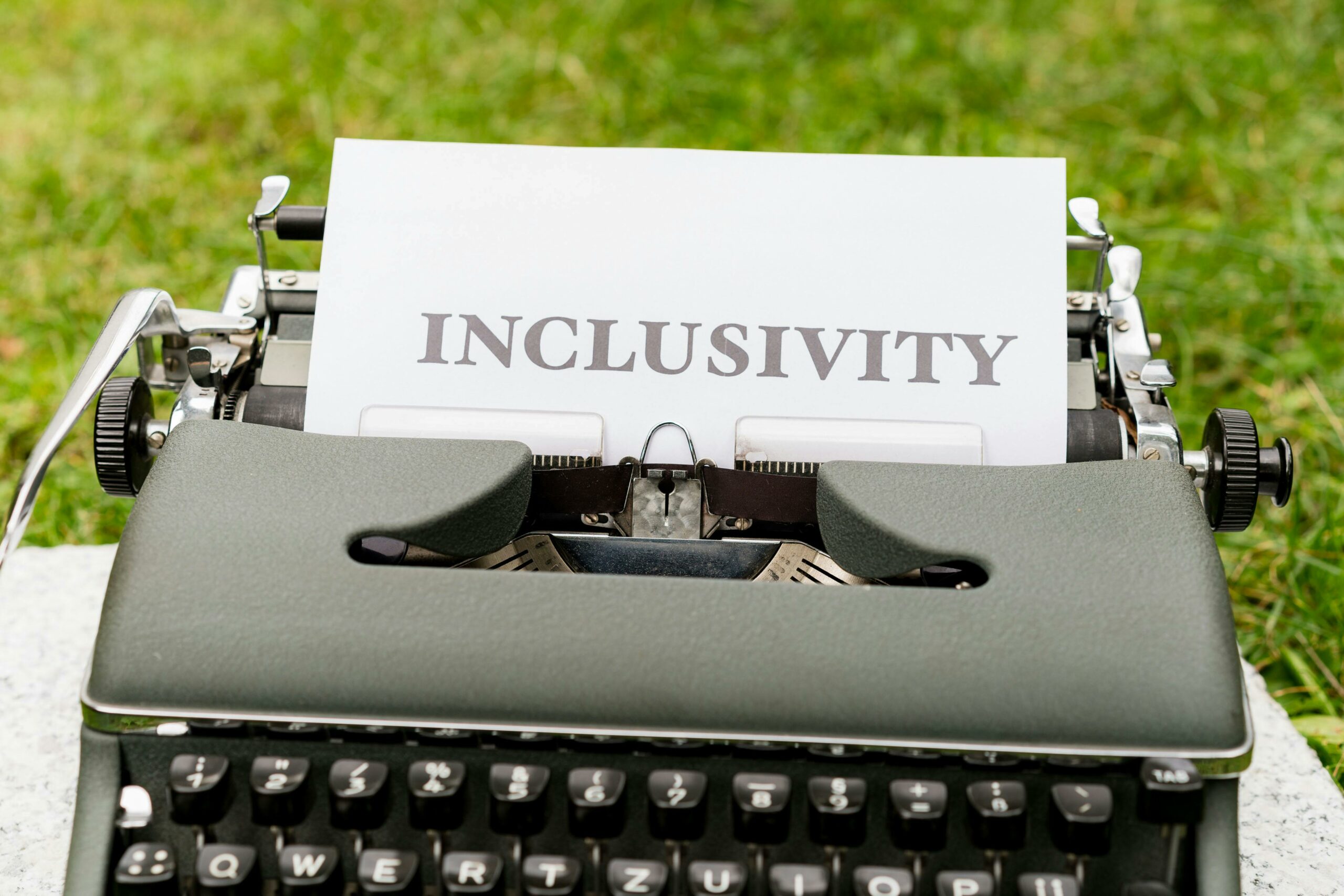
Universal Design Principles for Technology
April 20, 2024
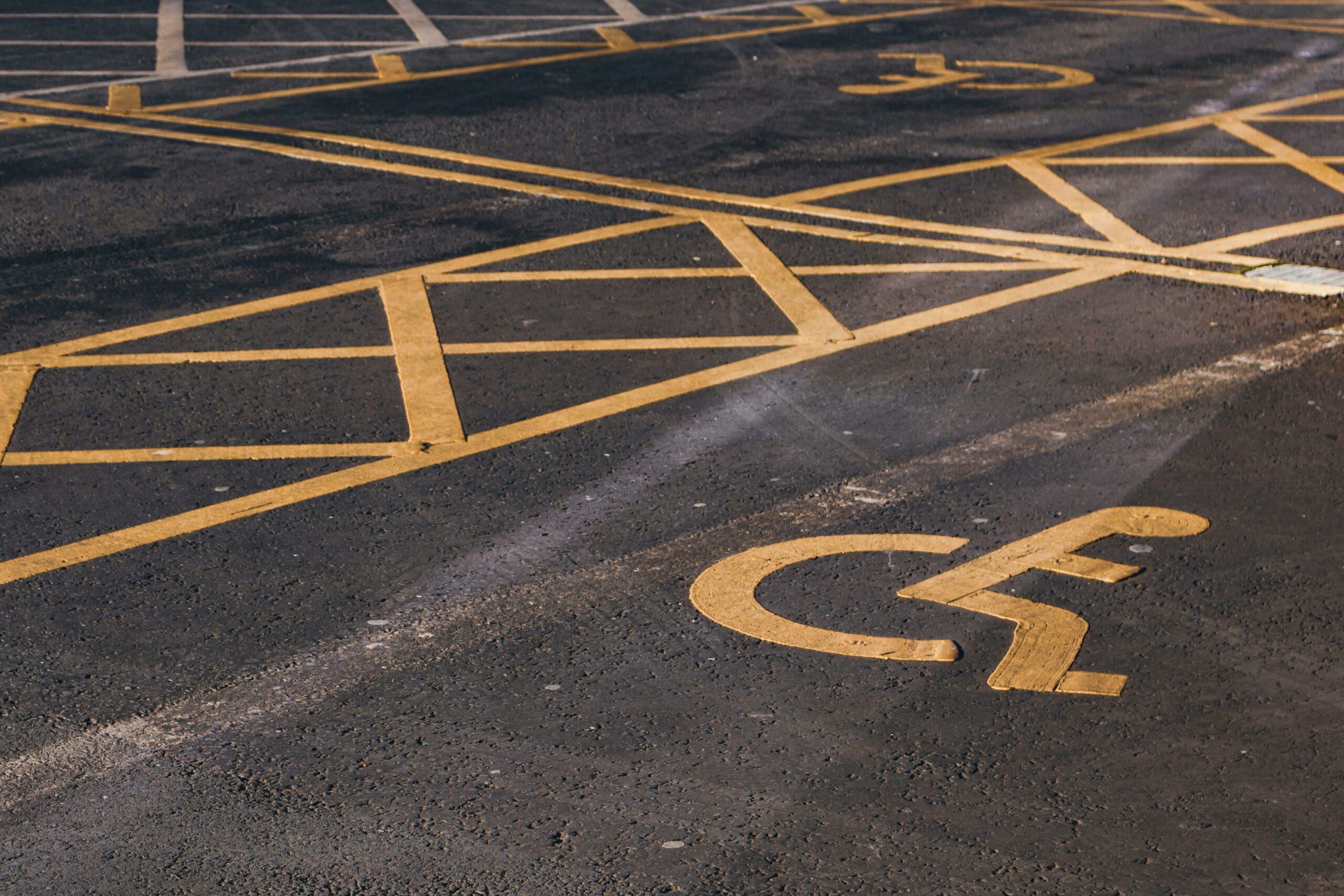
Universal Design
April 13, 2024
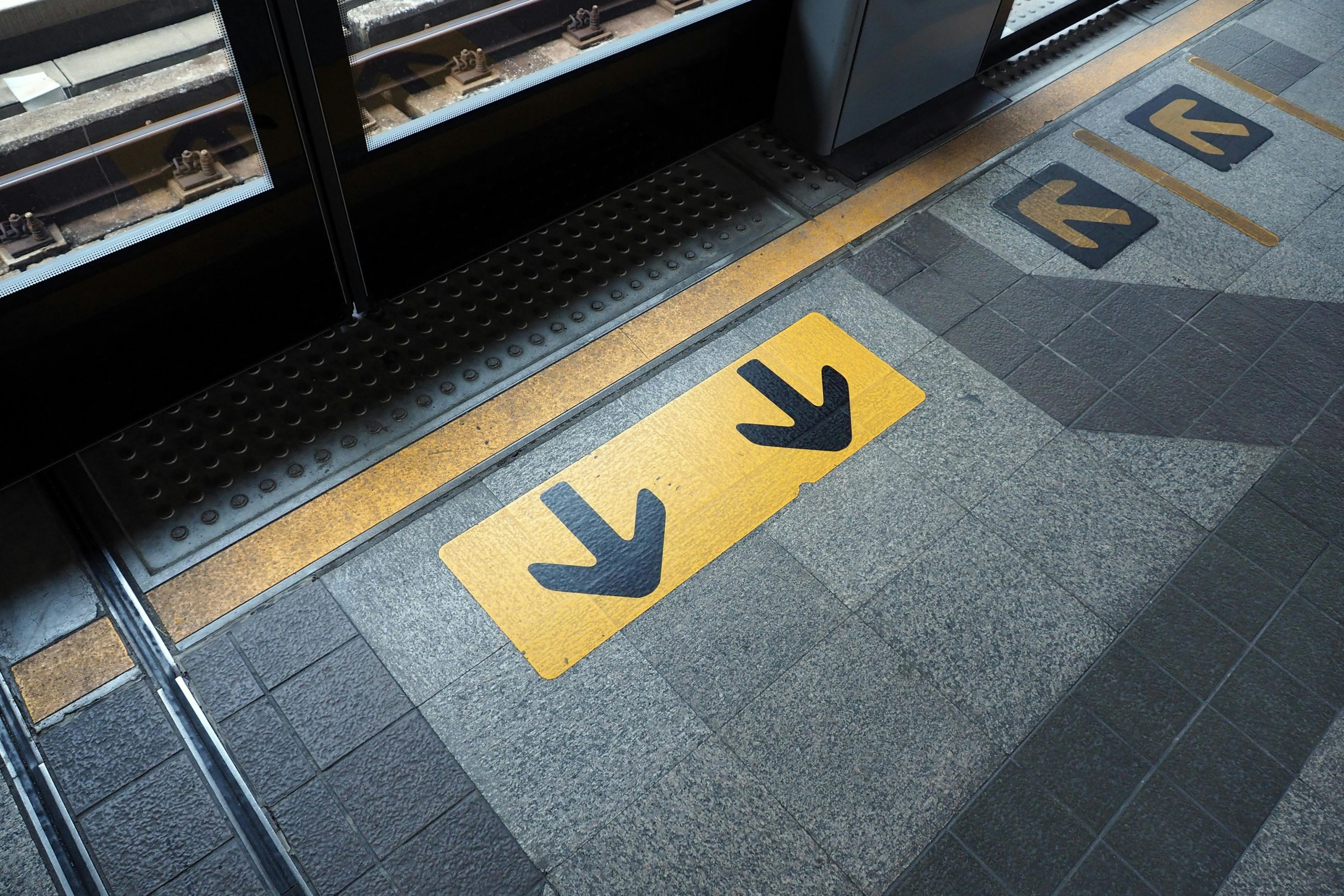
Experience Design Across the Platform
March 2, 2024
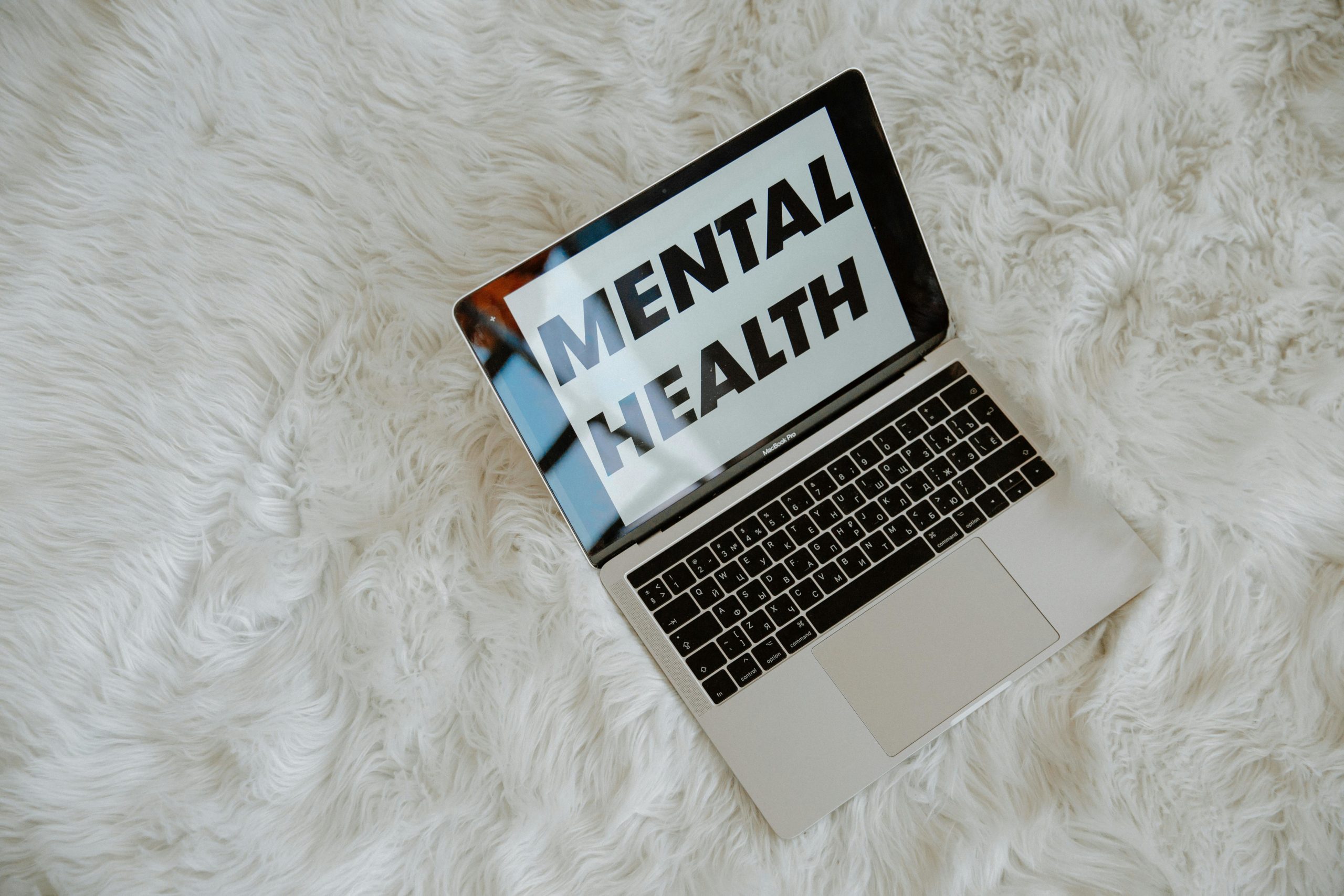
Mental Health Apps Artificial Intelligence Experience Design
February 25, 2024
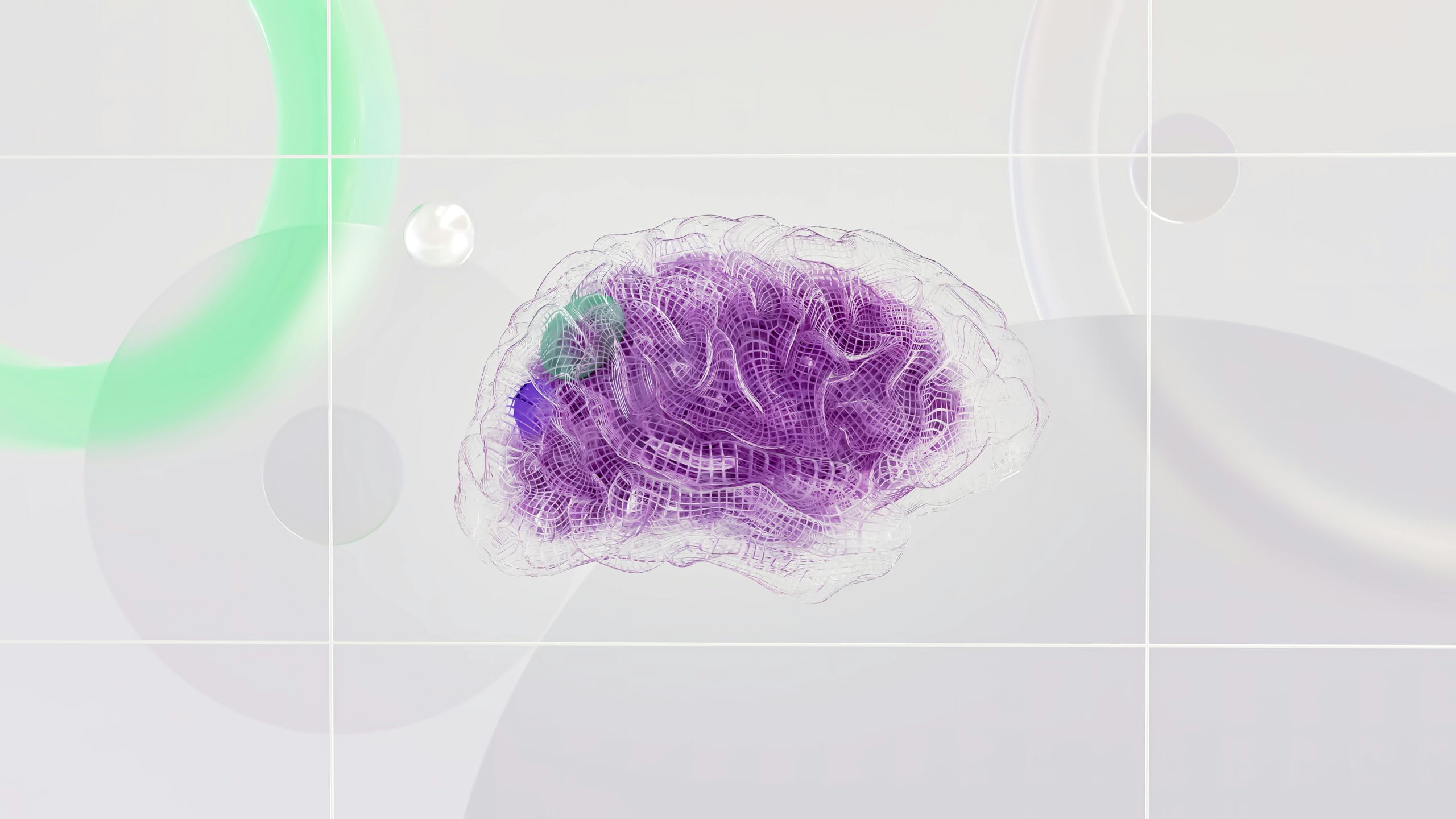

Augmented Reality Artificial Intelligence Experience Design
February 10, 2024

Virtual Reality Artificial Intelligence Experience Design
February 3, 2024

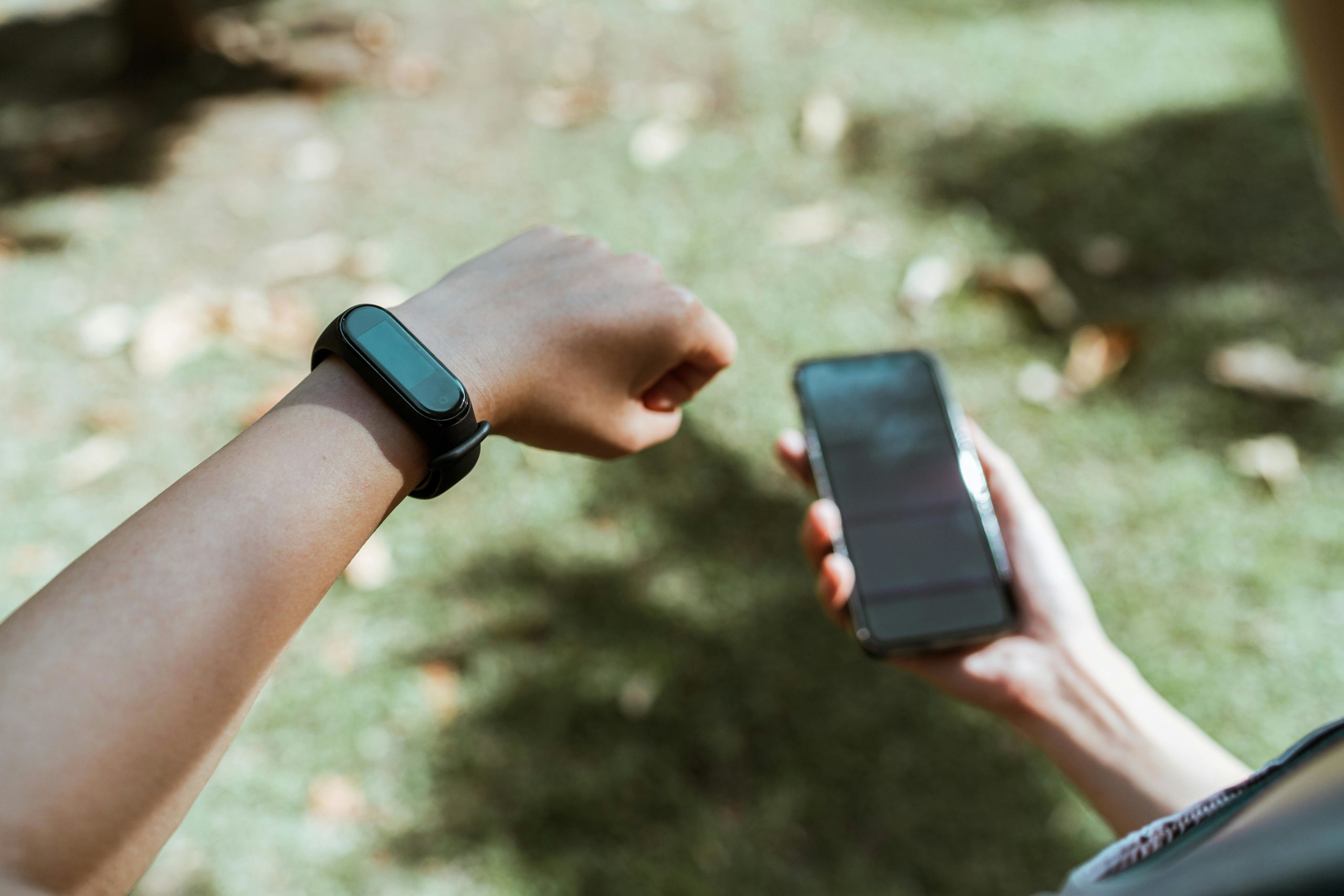
Wearable Artificial Intelligence Experience Design
January 20, 2024
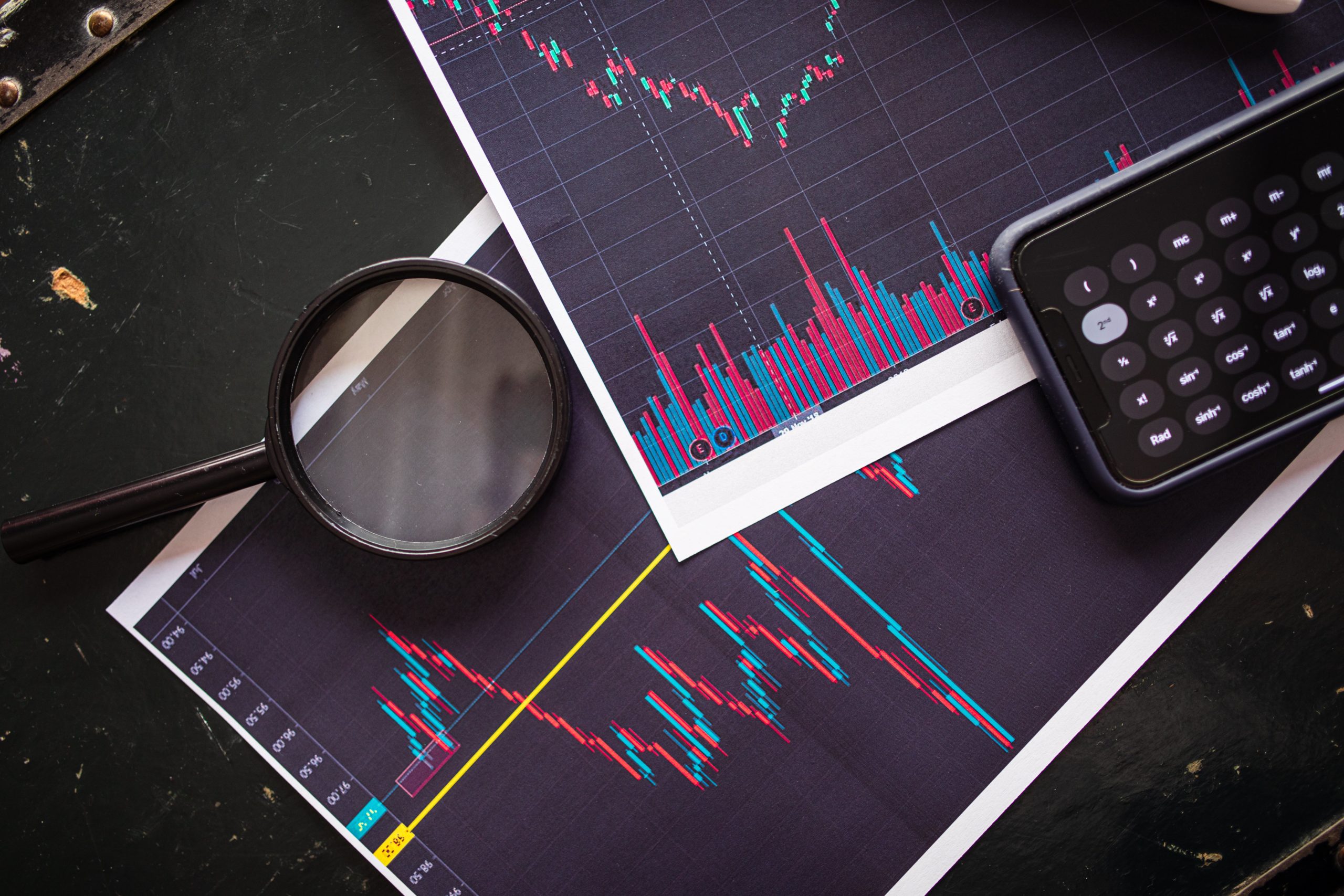
Artificial Intelligence Experience Success Metrics
January 13, 2024
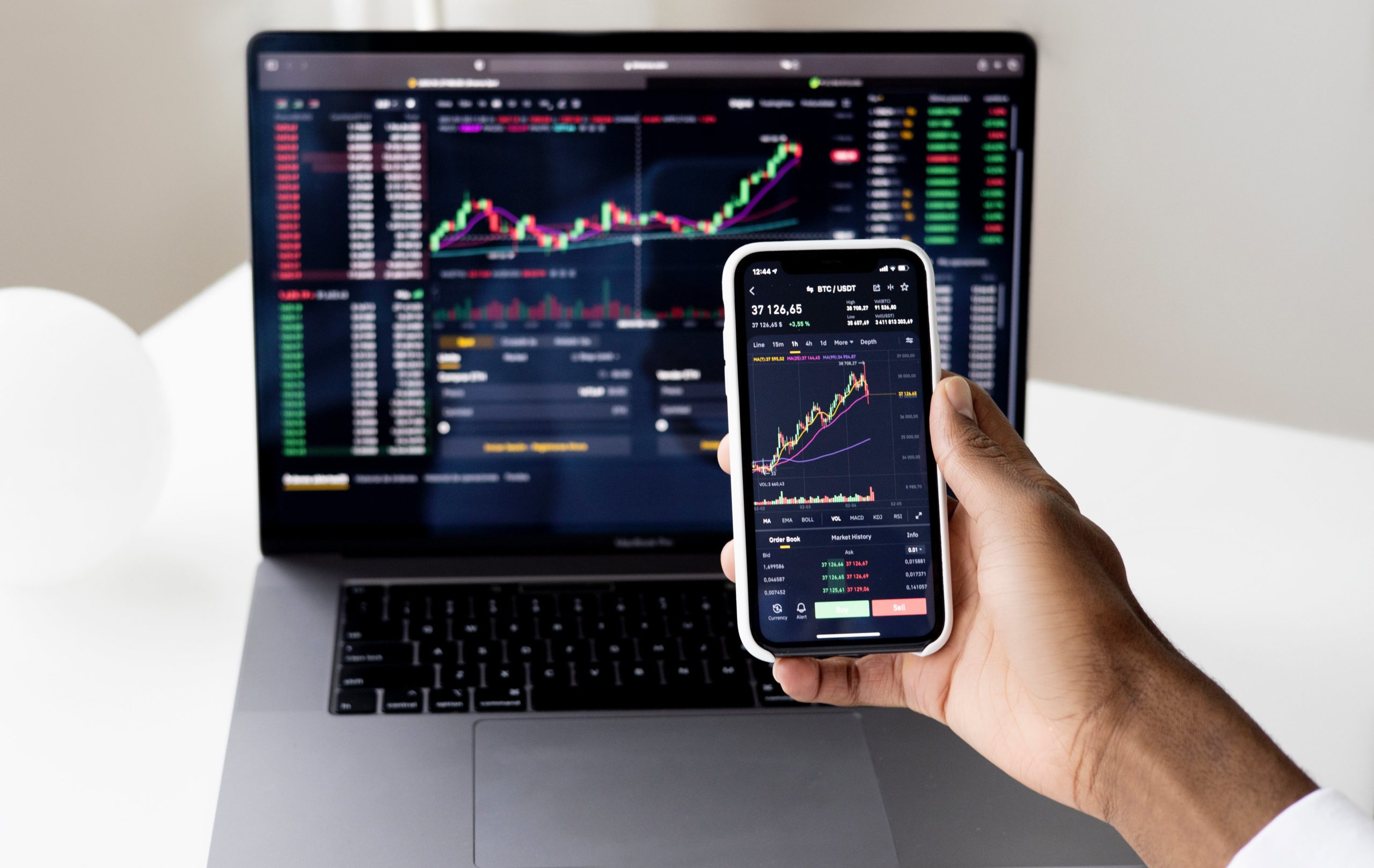
The Return on Investment of Artificial Intelligence
January 6, 2024